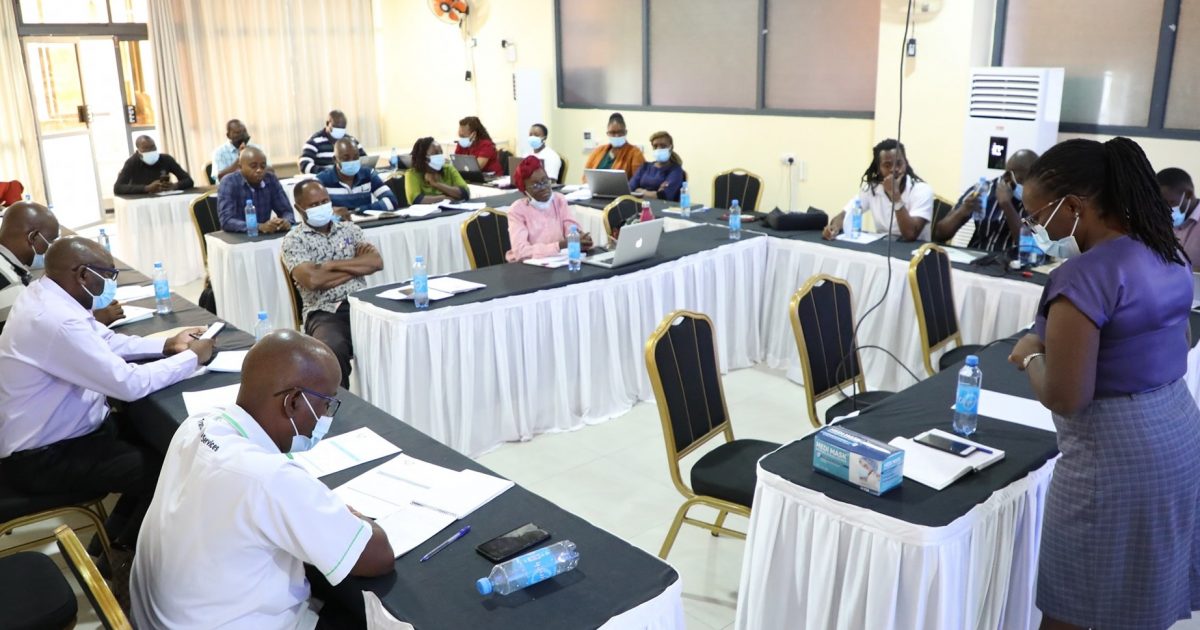Taita Taveta has been ranked 16th nationally in the Non-Communicable Diseases (NCDs) mortality rate in a recently released national health survey.
The county’s NCD mortality stood at 46 per cent, a trend that has placed a heavy burden on the health sector amidst a global pandemic and dwindling economic status of the locals.
Speaking during a meeting to launch a working technical group for the County’s NCDs steering and strategy technical committee, Margaret Chuya, County Nursing Officer said NCDs are taking the center stage not only in mortality rates but also in the resources going to the treatment of such cases.
“We can’t ignore the figures both at the county and national level. A lot of our efforts and resources are going to NCD cases and we need to rethink our approach to dealing with this epidemic, especially now that it’s a norm among the poor and vulnerable populace,” she said.
Chuya further added that she was optimistic that it is possible to reduce the national NCD mortality rates with the help of the national government and global stakeholders.
“While the numbers don’t look good, it’s possible to bring the mortality rate down with the help of the national government and global partners and well-wishers,” added Chuya.
Nationally, NCDs-related deaths are at 39 per cent, making it a silent epidemic that deserves not only financial support but also policy formulation for prevention and control.
In efforts to reduce the high mortality rate related to NCDs, the Kenya Medical Research Institute (KEMRI) has developed a multi-pronged strategy to prevent and control conditions such as obesity, hypertension, diabetes, cancer, drug, and substance abuse among others.
There has been a shift in NCDs from the likes of cancer, severe respiratory conditions, and diabetes from being associated with the socially and economically affluent populations to being common in the poor and vulnerable groups of the poor, women, and the young.
According to the World Health Organisation (WHO), 1 in every 4 deaths of adult women around the globe is directly related to NCDs.
Mostly invisible and under-appreciated because of poverty and imbalanced access to quality healthcare, NCDs have a lasting impact on individuals, families, and communities and overall hindrance to economic development not only in Kenya but the entire world.
In realization of the challenge caused by NCDs, KEMRI has a programme whose scope touches on basic, clinical, operational, and applied research to develop prevention and control regimens affordable to all.
On its part, the national government has constantly been empowering and leveling the health sector to cater for the needs of the poor and marginalised population.
Through Universal Health Care (UHC), access and affordability of quality healthcare services have been improved immensely with a targeted reach for remote communities.
In yet another front to prevent and control NCDs, the Ministry of Health is currently implementing the National Strategic Plan for the Prevention and Control of Non-Communicable Diseases 2021/22-2025/26.
The strategic plan that follows a similar one that ran from 2015 to 2020 is a national blueprint to inform the response, prevention, and control of NCDs both nationally and at the county level and is adapted from the WHO’s NCD Action Plan.
In Taita Taveta’s Moi County Referral Hospital –Voi (MCRH-Voi), a futuristic cancer centre has been a turning point in addressing the screening and treatment of cancer cases that were originally referred to hospitals in Mombasa or Nairobi.
By Arnold Linga Masila




